Deltoid Muscle
Table of Contents
What is Deltoid muscle?
The Deltoid muscle is a thick, triangular shoulder muscle. The muscle has a wide origin starting from the clavicle, acromion and spine of scapula. It passes inferiorly surrounding the glenohumeral joint on all sides and inserts onto the humerus.
Deltoid muscle name base on shape of the Greek letter ‘delta’ (Δ).
The Deltoid is formed of acromial, clavicular and scapular spinal parts. Acromial part (middle fibres) abducts the arm, while the clavicular and scapular spinal parts play a significant role in stabilization, ensuring a steady plane of abduction. Additionally, the clavicular part (anterior fibers) can act as a flexor and internal rotator of the arm, while the scapular spinal part (posterior fibers) can extend and externally rotate the arm.
Where is Deltoid muscle located?
The Deltoid muscle is located at rounded contour of your shoulder. It is also famous as the ‘common shoulder muscle’.The entire deltoid muscle starts from the spine of the scapula to the lateral portion of the clavicle. It travels inferiorly covering the glenohumeral joint on all sides and inserts onto the humerus bone.
Anatomy of Deltoid Muscle :
The Deltoid has three functionally and anatomically distinct parts.
- Anterior or Clavicular part (pars Clavicularis)
- Posterior or scapular part (pars Scapularis)
- Intermediate or acromial part (pars Acromialis)
The Acromial part, sometimes also known as the middle or central, is the largest and the strongest. It is a multipennate muscle. It arises as four intramuscular septa, which interdigitate with the three tendons at the insertion site (one each for the anterior, posterior and middle parts).
The Anterior or Clavicular fibers starts from most of the anterior border and upper surface of the lateral third of the clavicle. The anterior origin lies adjacent to the lateral fibers of the pectoralis major muscle as do the end tendons of both muscles. These muscle fibers are closely related and only a small chiasmatic space, through which the cephalic vein passes, prevents the two muscles from forming a continuous muscle mass. The anterior deltoids are commonly called front delts for short.
Intermediate or Acromial fibers arise from the superior surface of the acromion process of the scapula.
They are also commonly called lateral deltoid. This muscle is also called middle delts, outer delts, or side delts for short.
They are also mistakenly called medial deltoid, which is wrong, as their origin is the least medial portion of the deltoid.
Posterior or spinal fibers arise from the lower lip of the posterior border of the spine of the scapula.
They are commonly called posterior deltoid or rear deltoid.
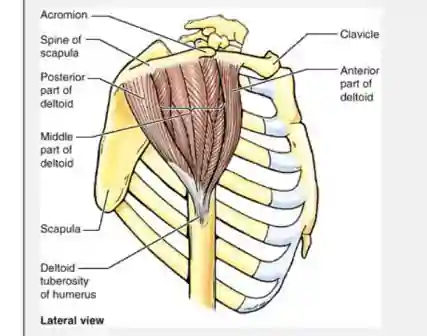
Deltoid muscle Origins :
The Deltoid muscle has a very broad origin and a narrow base, thus creating its triangular shape. The three parts of the deltoid each have a different origin:
The Clavicular (anterior) part originates from the superior surface and the anterior border of the lateral third of clavicle.
The Acromial (middle) part arises from the lateral margin and superior surface of the acromion of scapula.
The scapular spinal (posterior) part originates from the lateral 1/3 of the spine of scapula, on the crest.
Insertion :
The muscle fibres then run inferiorly towards the humeral shaft and converge to a narrow strong tendon. It inserts into the deltoid tuberosity located approximately halfway down the lateral aspect of the shaft of the humerus.
Blood supply :
Thoracoacromial artery (acromial and deltoid branches), branch of the axillary artery, Subscapular artery, branch of the axillary artery
Anterior circumflex humeral artery
Posterior circumflex humeral artery
Deep brachial artery (deltoid branch)
All arteries supplying the deltoid are branches of the axillary artery, except for the deep brachial artery (profunda brachii), which is a branch of the brachial artery, which is the continuation of the axillary artery within the arm.
Nerve supply :
The Deltoid is innervated by the axillary nerve.The axillary nerve originates from the anterior rami of the cervical nerves C5 and C6, via the superior trunk, posterior division of the superior trunk, and the posterior cord of the brachial plexus.
Studies have shown that there are seven neuromuscular segments to the deltoid muscle. Three of these lie in the anatomical anterior head of the deltoid, one in the anatomical middle head, and three in the anatomical posterior head of the deltoid. These neuromuscular segments are supplied by smaller branches of the axillary nerve, and work in coordination with other muscles of the shoulder girdle include pectoralis major and supraspinatus.
The axillary nerve is sometimes damaged during surgical procedures of the axilla, such as for breast cancer. It may also be injured by anterior dislocation of the head of the humerus.
What does deltoid muscle do?
Deltoid muscle Function :
The deltoid muscle (acromial part) is the main abductor of the arm at the glenohumeral joint (Shoulder joint). However, it can only do so, when the arm is already abducted beyond fifteen degrees. This initial part of abduction is produced by the supraspinatus muscle. The clavicular and scapular spinal fibers of the muscle guide the arm through the abduction motion.
Together with the rotator cuff muscles, the deltoid muscle participates in stabilization of the shoulder joint. When carrying heavy objects while the arm is fully adducted, the muscle will produce a line of force (static contraction) that prevents the inferior displacement of the shoulder joint. The deltoid also undergoes eccentric contraction when the arm is being lowered, or adducted. That allows adducting the arm in a controlled manner.
The clavicular (anterior) fibers of deltoid act along with pectoralis major to produce flexion of the arm during walking or running motions. These fibers are also active during internal (medial) rotation of the humerus.
In contrast to anterior fibers, the scapular spinal (posterior) fibers of deltoid act with the latissimus dorsi to produce extension of the arm during ambulation. In addition, these fibers will assist in external (or lateral) rotation of the humerus. This is important from a functional standpoint as strengthening the posterior fibers of the deltoid muscle can help to offset the tendency of the shoulder to become internally rotated due to poor posture.
Importance of Deltoid muscle :
An important function of deltoid is the prevention of sub-luxation or even dislocation of the head of the humerus particularly when carrying a load. Deltoid is the prime mover of shoulder abduction.
The deltoid muscle prevents the dislocation of the humeral head when a person carries heavy loads.
Deltoid Muscle Exercise :
Deltoid muscle exercise mainly 2 types.
- Stretching exercise of Deltoid muscle
- Strengthening exercise of Deltoid muscle
Stretching Exercise of Deltoid muscle :
1.Standing chest and shoulder stretch
This is an excellent way to stretch out the front of your shoulders.
If you find it difficult to perform with your hands together, you can do the same stretch while holding a towel or belt between your hands, allowing your hands to have space between them as you do the stretch.
Steps to do exercise :
Stand tall with your feet roughly hip-distance apart, your core engaged, and your shoulders back. Focus on maintaining good posture.
Reach behind your back with both arms and clasp your hands together.
Take a breath in, and as you exhale, lift your hands behind you as high as you comfortably can until you feel a good stretch across the front of your shoulders and chest.
Hold the position, breathing deeply for 30 seconds. Release, then repeat two more times.
2.Cross-body shoulder stretch :
It’s a little harder to target the lateral deltoids, but the simple cross-body shoulder stretch can be performed.
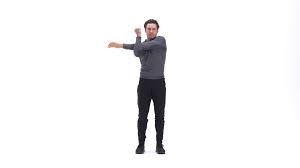
Steps to do exercise :
Stand tall with your feet hip-distance apart and your core engaged. Aim for good posture: stack your ears over your shoulders, hips, knees, and ankles.
Bring your left arm across your body at shoulder height, reaching past your right shoulder. Use your right hand to grab your left forearm.
Gently pull your left arm closer to your body until you feel a stretch toward the middle of your left shoulder.
Hold the position, breathing deeply, for 30 seconds.
Rest, then repeat two more times before switching sides.
3. Dynamic bear hug stretch:
The dynamic bear hug stretches your anterior and posterior deltoid as well as your chest.
This is a good movement to perform before a workout as a way to help warm up the shoulder and prepare it for work.

The key thing to remember here is that you’re not trying to overstretch your shoulder or force it past its current range of motion. Instead, you’re moving to the end of the range of motion and back again in a controlled manner.
Steps to do the exercise :
Stand tall with your feet roughly shoulder-width apart, your core engaged, and your posture tall and straight.
Reach your arms out and wide, as though you were going to give someone a hug.
When you feel a light stretch across the front of your shoulders and chest, bring your arms across your chest, hugging yourself, your right arm on top of your left, until you feel a stretch at the back of your shoulders.
In a controlled motion, swing your arms out wide again. Reach the end of your range of motion before you swing your arms back into a hug position, this time with your left arm on top of your right.
Continue for 30 seconds. Rest, then repeat two more rounds.
Strengthening Exercise of Deltoid muscle :
Strengthening exercise of Deltoid muscle make your upper limb more powerful and following exercise helps to strengthen your shoulder mainly deltoid muscle.
- Dumbbell front raise
- Dumbbell lateral raise
- Reverse fly
1. Dumbbell front raise :
This exercise is helpful in strengthening of your anterior deltoid muscles or the front of the shoulder.
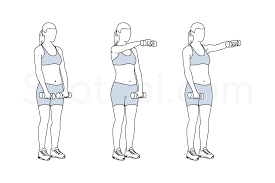
Steps to do exercise :
In Standing position, hold dumbbells in front of you with your palms facing your legs. Keep your elbows and knees slightly bent as you raise your arms straight in front of you to shoulder level.
Slowly return to the starting position.
The goal: Initially 2 sets of 10 reps. Rest about 40 seconds between sets.
Starting Phase: Move up and down at an even pace. Two seconds up, two seconds down. Don’t lock out the elbows or lean back during execution.
Intermediate : Try decreasing the rest between sets to 30 seconds, and combine front, lateral and reverse fly shoulder raises in one sequence.
2.Dumbbell lateral raise :
Lifting laterally activates your posterior deltoids and upper-back muscles.
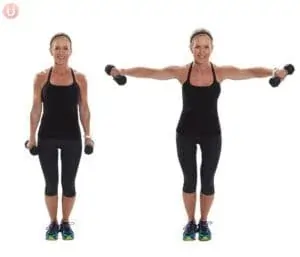
Steps to do exercise :
Standing, hold dumbbells with your palms facing each other. Keeping your elbows and knees slightly bent, raise your arms out from your sides in wide arcs to about shoulder level.
Slowly return to the starting position.
The goal: Four sets of 12 reps. Rest about 60 seconds between sets.
Beginner: Move up and down at an even pace. Two seconds up, two seconds down. Don’t lock the elbows or lean back during execution.
Intermediate: Try decreasing the rest between sets to 30 seconds, and combine front, lateral and reverse fly shoulder raises in one sequence.
3.Reverse fly exercise :
This exercise targets your posterior deltoids, as well as the rhomboid and middle trapezius muscles of your upper back.
Steps to do exercise :
In Standing position, hold dumbbells with your palms facing each other. Bend your torso forward, forming a 45-degree angle with the floor.
With elbows slightly bent, raise the dumbbells up and out to the sides until they are parallel to the floor. As you lift the weights, focus on squeezing your shoulder blades together.
The goal: Four sets of 12 reps. Rest about 60 seconds between sets.
Beginner: Hold your spine in a strong, flat neutral position throughout the movement. If you are not strong enough to do this on your own today, use a bench set to an incline to support yourself.
Intermediate: Try decreasing the rest between sets to 30 seconds, and combine front, lateral and reverse fly shoulder raises in one sequence.
Clinical Importance :
The most common abnormalities affecting the deltoid muscle are tears and muscle atrophy.
Injury to Deltoid muscle mainly strains and tears of the muscle. You may feel pain at the top or back of your shoulder or may not be able to lift your arm, depending on the grade of your injury. RICE Principle for a acute deltoid injury can help you control pain and improve function of shoulder.
Deltoid muscle tears are unusual and frequently related to traumatic shoulder dislocation or massive rotator cuff tears.
Deltoid Muscle atrophy is the result of various causes, including aging, disuse, denervation, muscular dystrophy, cachexia and iatrogenic injury.
Deltoideal humeral enthesopathy is an exceedingly rare condition related to mechanical stress. Conversely, deltoideal acromial enthesopathy is likely a hallmark of seronegative spondylarthropathies and its detection should probably be followed by pertinent clinical and serological investigation.


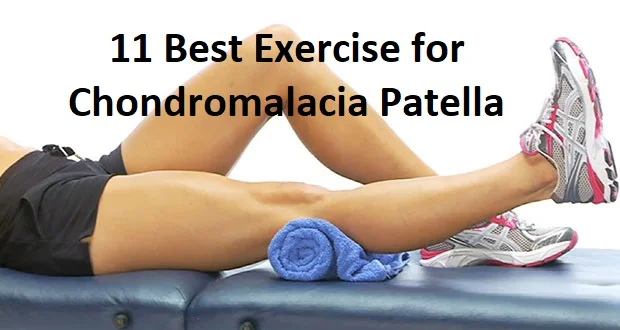

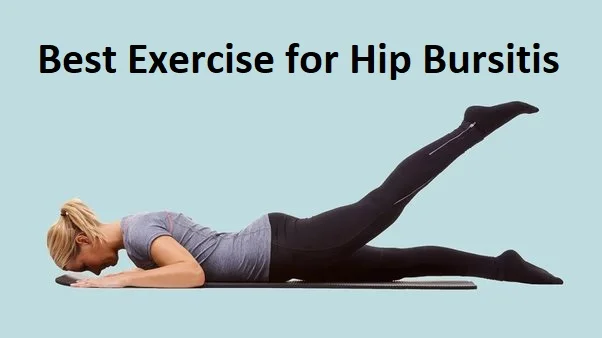
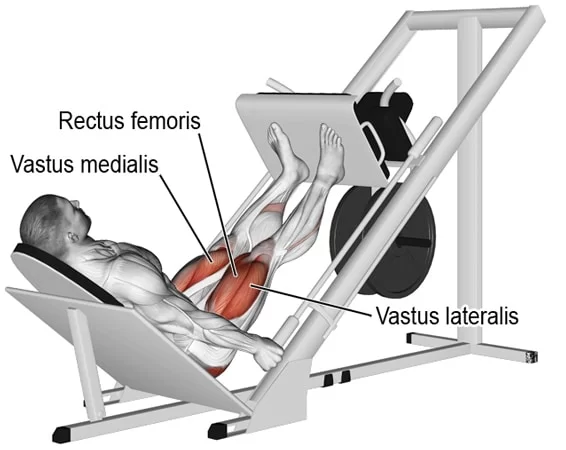

15 Comments